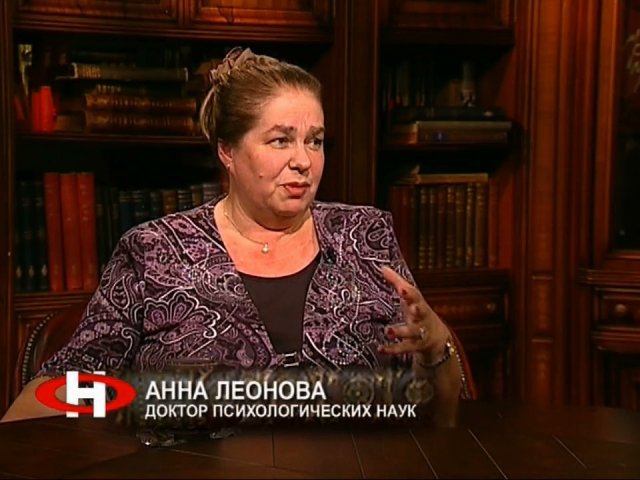Official:
Pavel Alekseyevich Cherenkov. 15 (28) July 1904 – 6 January 1990. Soviet physicist. Member of the Academy of Sciences of the Soviet Union. Hero of Socialist Labor. Winner of two Stalin Prizes and USSR State Prize. Winner of the Nobel Prize for Physics.
Life and Work:
1. The water is usually faintly glowing at great depths in the ocean. The glowing caused in the transparent medium by the charged particle moving at velocities greater than the phase velocity of light in this medium is named the Vavilov–Cherenkov effect.
2. In 1958, Pavel Cherenkov, Igor Tamm, and Ilya Frank were awarded the Nobel Prize in Physics for the discovery and interpretation of the Vavilov–Cherenkov effect. Thus, Pavel Alekseyevich is on the short list of our compatriots – Nobel Prize winners.
3. There is little information about the Nobel Prize winner’s parents and it is understandable because his father was a prosperous farmer, a “kulak” in terms of those years, who was repressed in early 1930s, and his mother died when the future scientist was still a child.
4. The village of Novaya Chigla, Voronezh Governorate, where Pavel Cherenkov was born, was a large settlement with two churches, two schools, three fairs. Aleksey Yegorovich Cherenkov had a grocery shop in the village.
5. During the Civil War, Pavel finished a parochial school where he became addicted to reading. Then, fortunately for the unskilled worker Cherenkov, the gymnasium was moved from Bobrov, the uyezd’s chief town, to the village.
6. The gymnasium graduate Cherenkov was attracted to the exact sciences and in 1924, he was admitted to the Faculty of Physics and Mathematics of Voronezh University. In his hungry student years, the future Nobel Prize winner unloaded rail cars and worked as a private tutor.
7. In 1928, a new physics teacher Pavel Alekseyevich Cherenkov entered the school classroom in the town of Kozlov. Two years later, Maria Putintseva was also assigned to Kozlov. The young couple soon married.
8. His daughter Yelena wrote about the first years of the young family: “Beautiful, smart, lettered, industrious, cheerful people believing in broad horizons revealed before the country and the youth. In summer, they toured Crimea. Having read an advertisement in a newspaper, Pavel submitted an application for postgraduate studies at the Leningrad Institute of Physics and Mathematics of the Academy of Sciences, passed an interview and was admitted.”
9. Starting from 1932, Pavel Cherenkov worked under Sergey Vavilov. Three years later, he received a degree of the Candidate of Sciences and moved to P.N. Lebedev Physical Institute. Shortly before the war, Pavel Alekseyevich defended his doctoral thesis.
10. As a postgraduate student, Cherenkov discovered a specific bluish glowing of transparent fluids exposed to fast charged particles and showed the difference between this type of radiation and fluorescence. Later, the scientist found its main property – radiation directivity, a cone of light, the axis of which coincides with the path of particle.
11. Cherenkov’s chief, Sergey Ivanovich Vavilov, substantiated radiation from the scientific viewpoint. Ilya Frank and Igor Tamm continued the work as they scientifically interpreted radiation based on the classical electrodynamics as it is outlined in the Nobel Prize verdict.
12. Manne Siegbahn, Professor of the Royal Swedish Academy of Sciences, said that “the discovery of the phenomenon now known as the Cherenkov effect, provides an interesting example of how a relatively simple physical observation with the right approach can lead to important discoveries and pave new paths for future research.”
13. In 1937, Cherenkov published an article in The Physical Review, in which he suggested using the radiation he discovered to measure velocities of fast electrons. This later led to the development of different detectors named after him.
14. Cherenkov’s other prominent works include his participation in creation of synchrotrons, specifically the 250 MeV synchrotron, for which he was awarded the Stalin Prize in 1952. In 1977, Pavel Alekseyevich was awarded the State Prize for his works in splitting helium and other light-weight nuclei with high-powered γ-quanta.
15. Pavel Cherenkov founded and headed for many years the Department of High Energy Physics at the Branch of P.N. Lebedev Physical Institute in Troitsk, a town near Moscow.
16. “Tennis was his big passion. He liked taking part in competitions, liked stringing tennis rackets,” the scientist’s daughter remembered. His efforts led to the opening of the first tennis court in Troitsk.
17. “Cherenkov’s attitude toward his discoveries was very interesting,” Govorkov, D. Sc. (Physics and Mathematics), who worked with him said. “During one of the meetings... a conference, every report contained references to his name – Cherenkov meters, Cherenkov spectrometers, Vavilov-Cherenkov radiation, etc., Pavel Alekseyevich leaned to me and whispered: “Boris Borisovich, you know, I have a feeling all the time that this has nothing to do with me. That once there was a different Cherenkov somewhere and everyone is talking about him.”
18. In 1973, Cherenkov was among those members of the Academy who signed the letter of scientists to the Pravda newspaper condemning “the behavior of Academy member A.D. Sakharov.” In this letter, Sakharov was accused of “making several statements tarnishing the political system, foreign and domestic policies of the Soviet Union,” and his human rights activism was branded “defamatory of the Soviet scientist.”






















